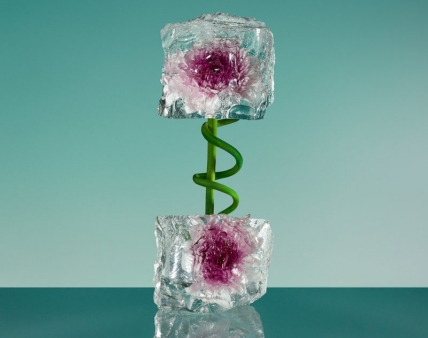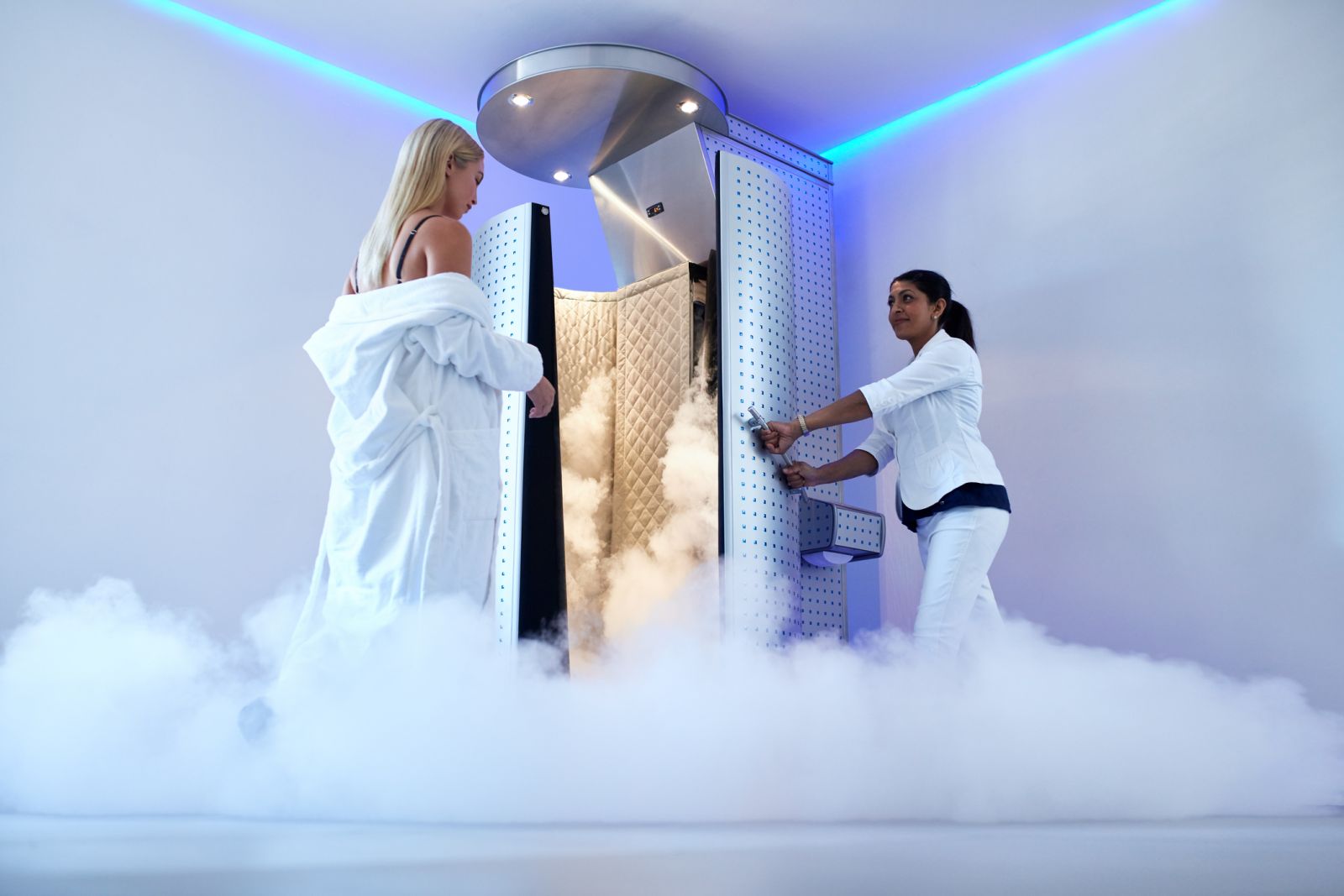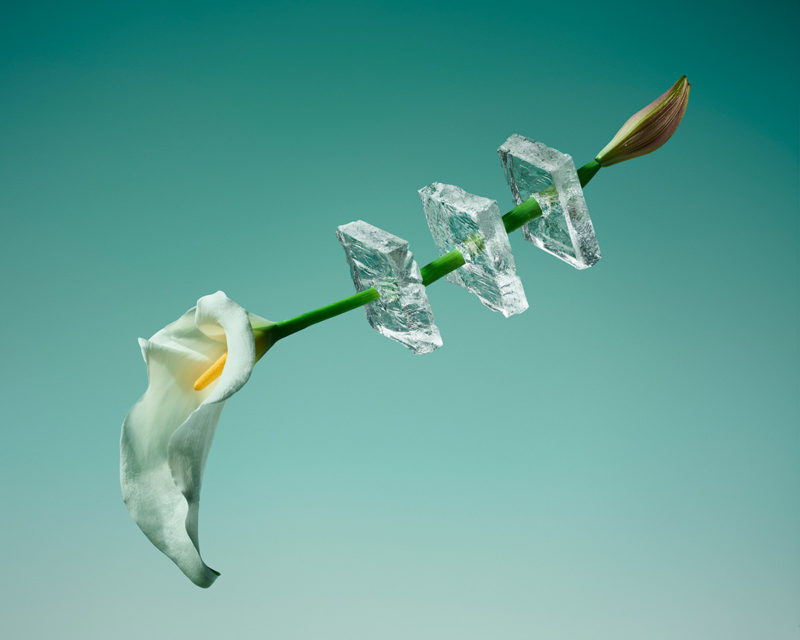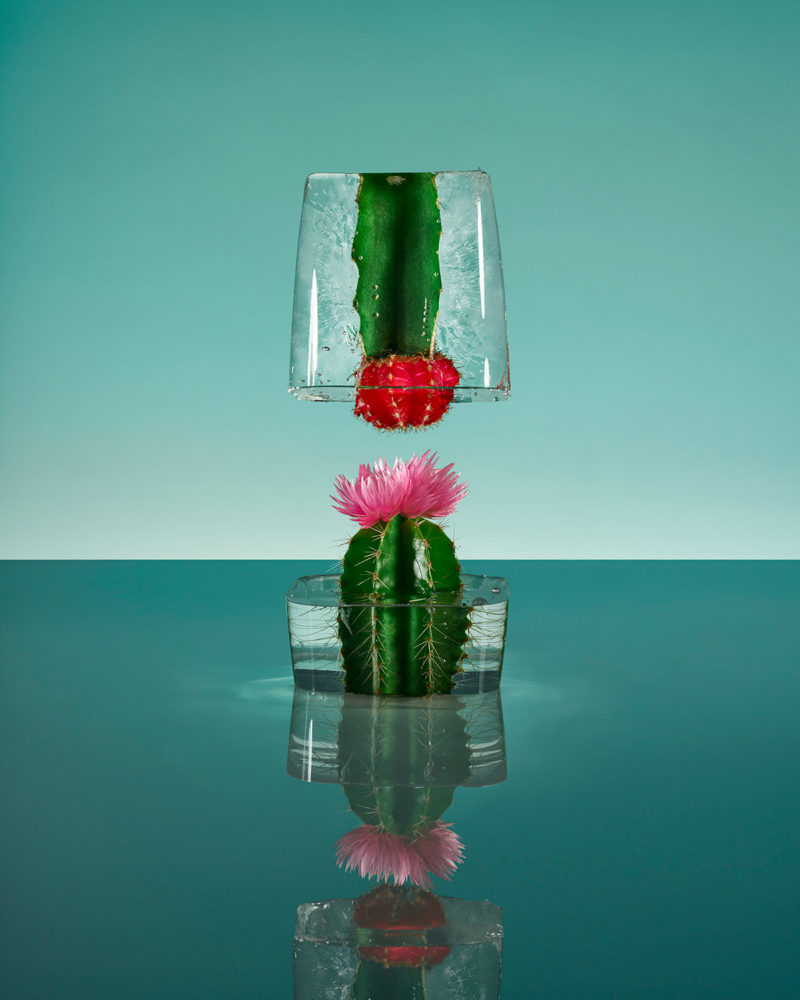Cryotherapy - Get Ready To Freeze
Wellness
Wellness

Whether it is beauty or age preservation focused or for the sake of pain relief, cryotherapy has made a rapid surge in popularity in recent years. WBC or ‘whole body cryotherapy’ is the process of exposing the body to extreme subzero temperatures approximately -120° C (or -184° F), although temperatures can vary based on facility/cryo pod. Skin sensors are stimulated by this extreme drop in temperature which thus activates the central nervous system releasing endorphins said to aid in inhibiting pain, circulating blood and elevating mood. This circulation is said to aid in accelerating healing due to a decrease in inflammation and cellular regeneration thru the elimination of toxins and metabolic waste. Cryo experts cite the treatment helping with the regulation of sleep and overall mental health.
The first doctors to bring cryotherapy to the US were Robin and Jonas Kuehne, whom now along with Robin’s wife Emilia own Cryohealthcare a high end facility with multiple US locations.
According to Kuehne:
“This modality was first utilized in Japan in 1978 to treat rheumatoid arthritis,” says Kuehne. “More recently, studies conducted in Europe over the last two decades have established WBC as a powerful treatment for inflammatory disorders and injuries. Every client experiences a different result, whether that’s pain relief, recovery, changes in mood, better sleep, improvement in various skin conditions, or weight loss (some clients have burned 500–800 calories during one treatment), among others.”

Interestingly, Polish studies have shown the positive impact that cryotherapy can have on brain chemistry-potentially helping with patients struggling with mood related disorders such as anxiety and depression. One particular study that focused on 18-65 year olds undergoing 2-3 minute daily cryogenic treatments for 15 minutes showed marked improvement over the control group after three weeks of treatment due to the mood elevating endorphins the body produces when below -200 degrees.

For skin care junkies, cryotherapy may produce positive benefits in the beauty department as well. Although the FDA has not approved these claims experts state that:
“The short exposure to extremely low temperatures promotes collagen production from head to toe, as well as skin tightening.”

Despite some (non-FDA verified) evidence that cryotherapy may help with weight loss and skin preservation, the primary usage is still for inflammation and pain alleviation-mainly related to sports injuries and fatigue. Elite and professional athletes use cryotherapy chambers globally. The Olympic rehabilitation center in Poland offers up usage of its cryo chamber to athletic teams from across the globe.
Although there is no hard scientific evidence for the aesthetic benefits of cryotherapy, cryo facials, “Frotox” treatments using controlled beams of vaporized liquid nitrogen to ‘freeze’ and tighten wrinkles, are popping up in luxury spas in many countries.

And Spafinder.com predicts this icy trend will not end any time soon:
“Look for cryotherapy to continue to grow and more variations of cold treatments, such as pure cold-rock massages and contrasting hot/cold versions at places like the Hand & Stone day spa franchises (Canada). At every ESPA around the world, you can now scoop ice crystals out of ice fountains for bracing rubdowns after saunas. More hotel and resort spas will add ice/snow rooms, or “igloos,” making that transition from hot to cold less dreadful than the old cold “plunges.” Spa-goers to Qua Baths & Spa at Caesars Palace Las Vegas’s (U.S.) “arctic ice room” can experience falling snow. Spas like the Ritz-Carlton in Vail, Colorado (U.S.), report that many more spa-goers are taking group rolls in the snow after their Jacuzzi and sauna time.”
Get ready to get chilly!
Artwork by Pamela RIncon
